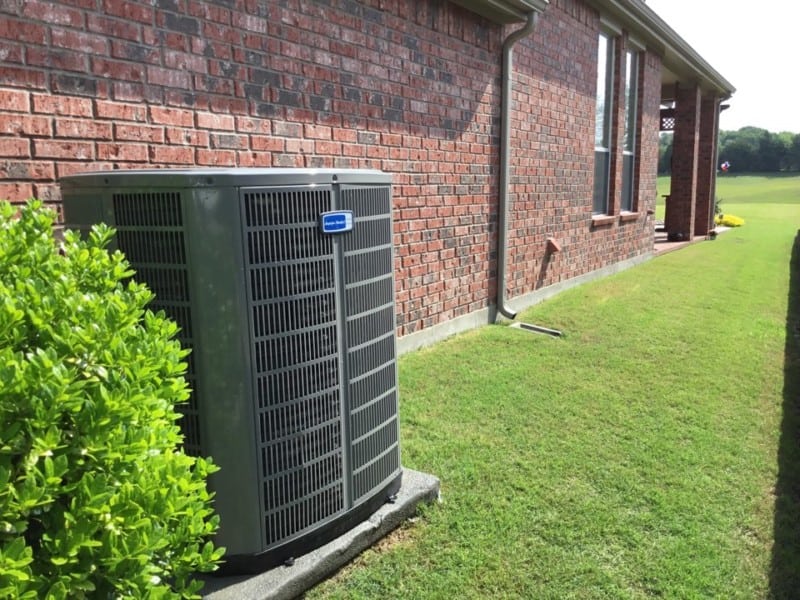We live in an ever-changing world. Often change is broadly labeled as “good” or beneficial to the greater well-being of all while causing unintended consequences and negatively impacting lots of Americans.
Currently one of the most talked about initiatives is the effort to conserve natural resources and on a larger scale preserve our planet. My intention is not to bolster or slander this idea. Being a good steward of what you have been given is foundational teaching.
I have however personally witnessed numerous instances of anger, despair, and helplessness when a homeowner is told their current refrigerant type has been phased-out or that their existing HVAC equipment does not meet the current DoE standard…enter the 2023 DoE Regional Standards.
How DoE Regional Standards affect energy consumption?
Every six years, the Department of Energy reviews its existing regulations and the performance of certain home appliances and mechanical systems to reduce the overall energy consumption by our beloved United States.
Many of you have lived through the transition from 10 SEER to 12 SEER and then 13 SEER minimum efficiency requirements and at the time I am writing this article, the DoE’s current minimum efficiency of 14 SEER.
SEER stands for Seasonal Energy Efficiency Ratio and is commonly used to certify and classify HVAC systems according to their performance. For years I have asserted that SEER ratings can be manipulated and are misleading in terms of selecting “what is best” for both homeowners and the environment, but we can only work within the rules that have been established by our governing bodies.
M1 Standard — the latest DoE regional standards 2023
On January 1, 2023, a new DoE minimum efficiency standard will go into effect and this new standard is a product of a more rigorous testing procedure. The new testing procedure, referred to as the M1 Standard, DOES provide a more realistic look at the performance of residential HVAC systems than the old SEER testing standard but adds another obstacle for homeowners and the HVAC industry to navigate.
The new rating under DoE regional standards will be referred to as “SEER2” and simply put, equipment that does not meet the M1 requirement cannot be installed after January 1, 2023. This new efficiency benchmark differs from region to region but for us here in Collin County, an efficiency of 14.3 SEER2 will be the minimum requirement.
What does this mean to you? Postponing the replacement of failing HVAC equipment will NEVER be more cost-effective than it is TODAY. With both the current high costs of raw materials and limited quantities of all related components, prices have seen drastic increases… but they WON’T go down. In my 20+ years of involvement with the HVAC industry, they never go down. Just as the price of a new pickup has never decreased because of changes in economic conditions, the price of crude or new technologies; neither will HVAC equipment.
Today’s elevated prices have set a new pricing benchmark and our need for climate-conditioned homes will only reinforce that Americans are willing to pay for comfort. Legislated changes such as the “new standard” tighten margins, increase inputs, and elevate the workload for manufacturers regardless of the intent of said changes prices are then elevated. Change is on the horizon. Efficiency comes with a cost. Keep Calm, Call Classic!
 Schedule a Service
Schedule a Service

 Call Us 214-851-2824
Call Us 214-851-2824

